USNI News polled its writers, naval analysts and service members on what they consider the most important military and maritime stories in 2016.
Farsi Island Incident
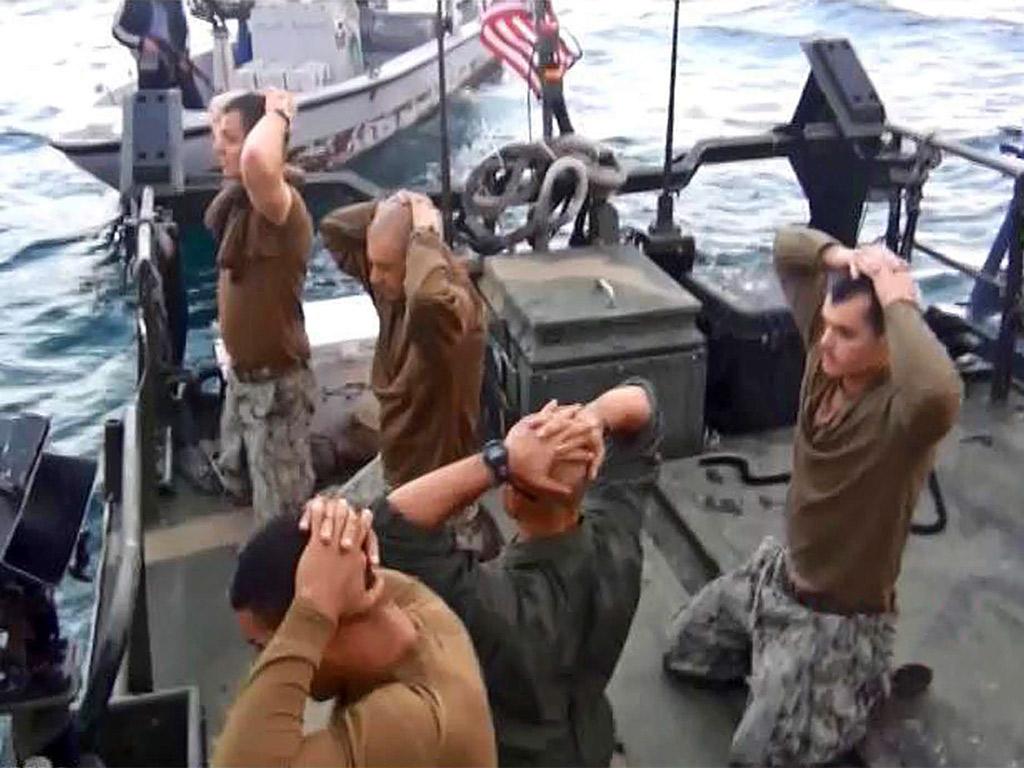
Early in 2016, ten U.S. sailors strayed into the territorial waters of Iranian-controlled Farsi Island and were captured by Iranian Revolutionary Guard Corps Navy forces. They were held for a day before Secretary of State John Kerry negotiated their return with his Iranian counterpart.
The crews from the two riverine boats were returned with their weapons, but not before images of the sailors held at gunpoint were broadcast over Iranian television.
Following the release of the sailors, the service undertook an investigation into the chain of mistakes that led to the sailors to stray into Iranian waters.
“Not only was the crew not prepared or trained adequately to perform their mission on Jan. 12 but the investigation also found a ‘can do/will do’ leadership environment in the parent unit, ‘frequently compromised appropriate risk management and procedural compliance’,” read a summary of the report USNI News reported on when the final report came out in June.
In total, nine sailors were disciplined as a result of the findings, including the leader of the detachment, Lt. David Nartker. Nartker was given a punitive letter of reprimand – likely a career-ender. During the investigation he justified his actions to investigators.
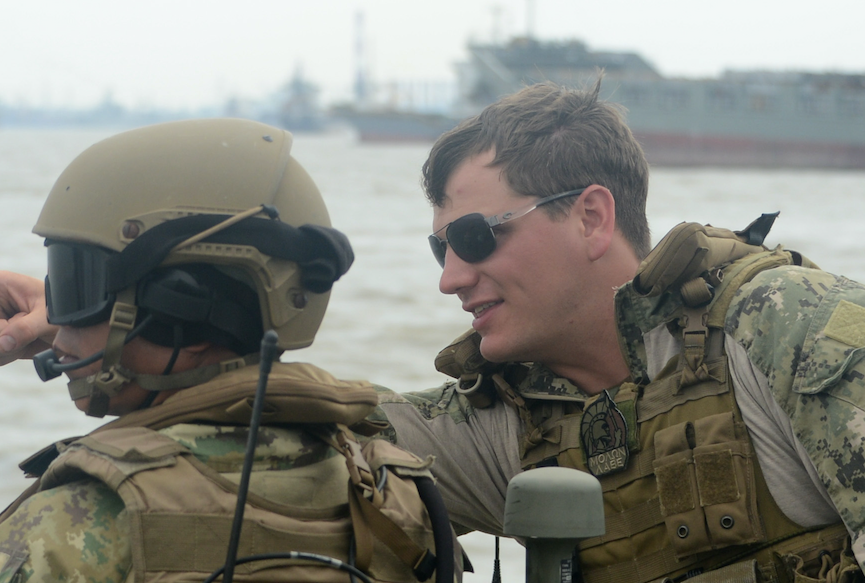
“We might have all been dead at that point in time. I didn’t want to start a war with Iran either. That was also on my mind. I didn’t want to start a war that would get people killed. My thought at the end of the day was that no one had to die for a misunderstanding,” Nartker told investigators.
Carrier Operations
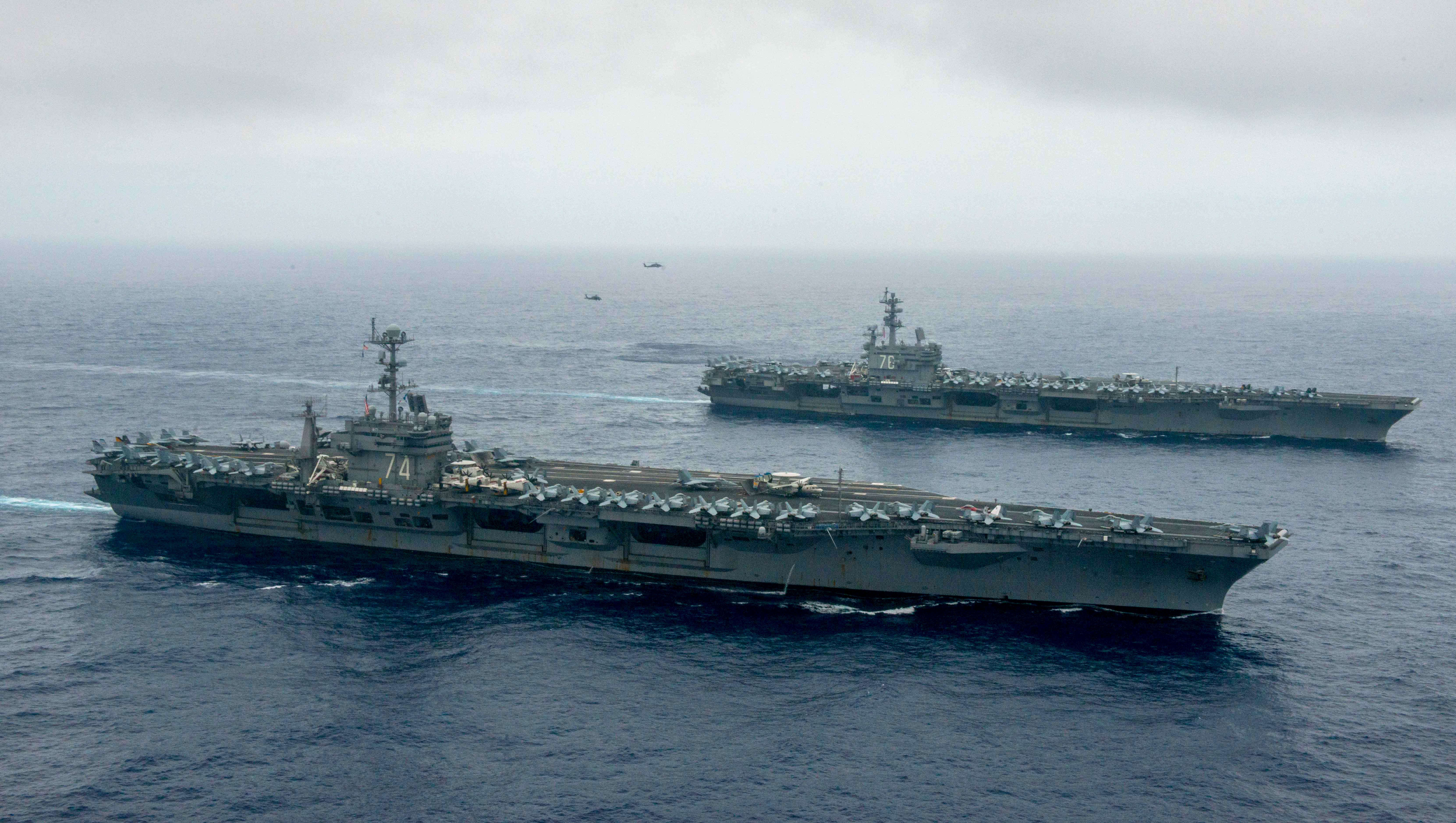
The U.S. Navy made effective use of its carrier force in operations against ISIS and through presence operations in the Western Pacific.
In U.S. Central Command, USS Harry S. Truman (CVN-75) and USS Dwight D. Eisenhower (CVN-69) conducted strikes from both the Persian Gulf and Eastern Mediterranean Sea to strike Islamic State targets in Iraq and Syria.
Additionally, strike groups attached to USS John C. Stennis (CVN-74) and USS Ronald Reagan (CVN-76) operated together in rare dual-carrier operations in June as Big Navy began emphasizing higher end warfare.
Before the dual-carrier operations, Stennis spent several weeks in the South China Sea as part of U.S. presence operations.
The Case of Lt. Cmdr. Edward Lin
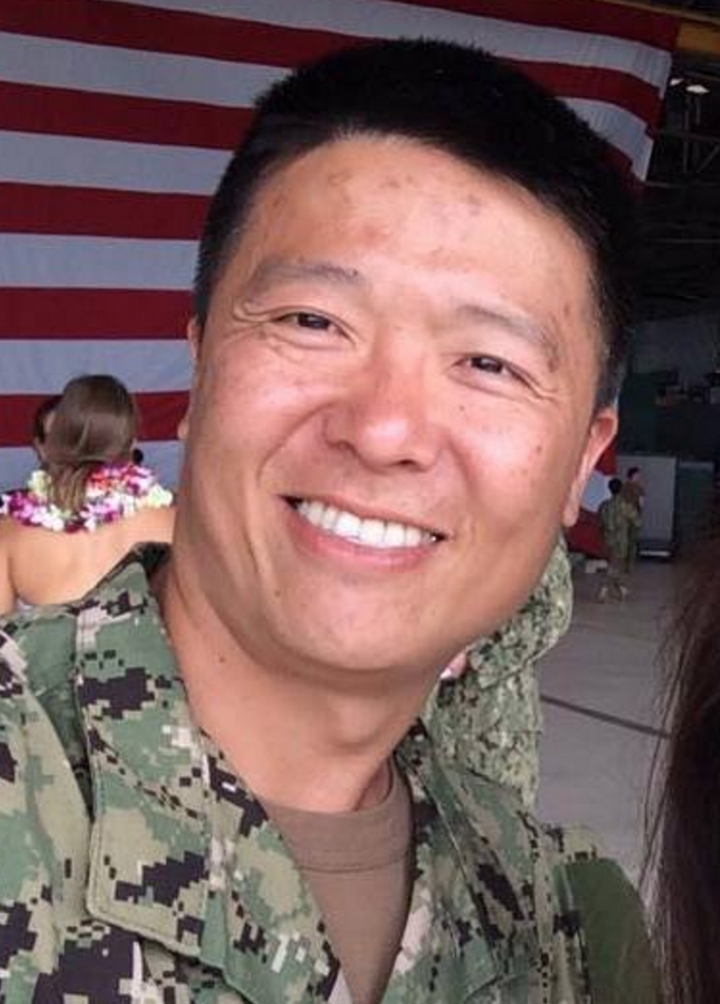
In April, the Navy charged a member of one of its most sensitive units with two instances of espionage, three instances of attempted espionage and several instances of mishandling classified information and failing to report contact with foreign agents. Lt. Cmdr. Edward Lin was detained by NCIS agents on Sept. 11, 2015, and was quietly held in pretrial confinement at the Naval Consolidated Brig in Chesapeake, Va., until his story made international headlines
Lin, who immigrated to the U.S. from Taiwan and joined the Navy in 1999, was a department head in Special Projects Patrol Squadron Two ‘Wizards’ (VPU-2). The unit flies highly specialized signals intelligence aircraft and uses specialized equipment to understand how potential adversary communication and weapon systems function. Lin also served as a congressional liaison for the service. In both roles, Lin would have access to some of the Navy’s most sensitive secrets. However, as additional information about the case trickled out from pre-trial hearings and motion documents, it seemed less and less likely that Lin revealed the most sensitive information he knew to an FBI informant in a combined NCIS and U.S. Justice Department sting. Lin’s attorneys allege he was entrapped in the government’s sting operation.
Lin, who is still in custody, is set to face trial in March.
The Russians and the U.S. Navy
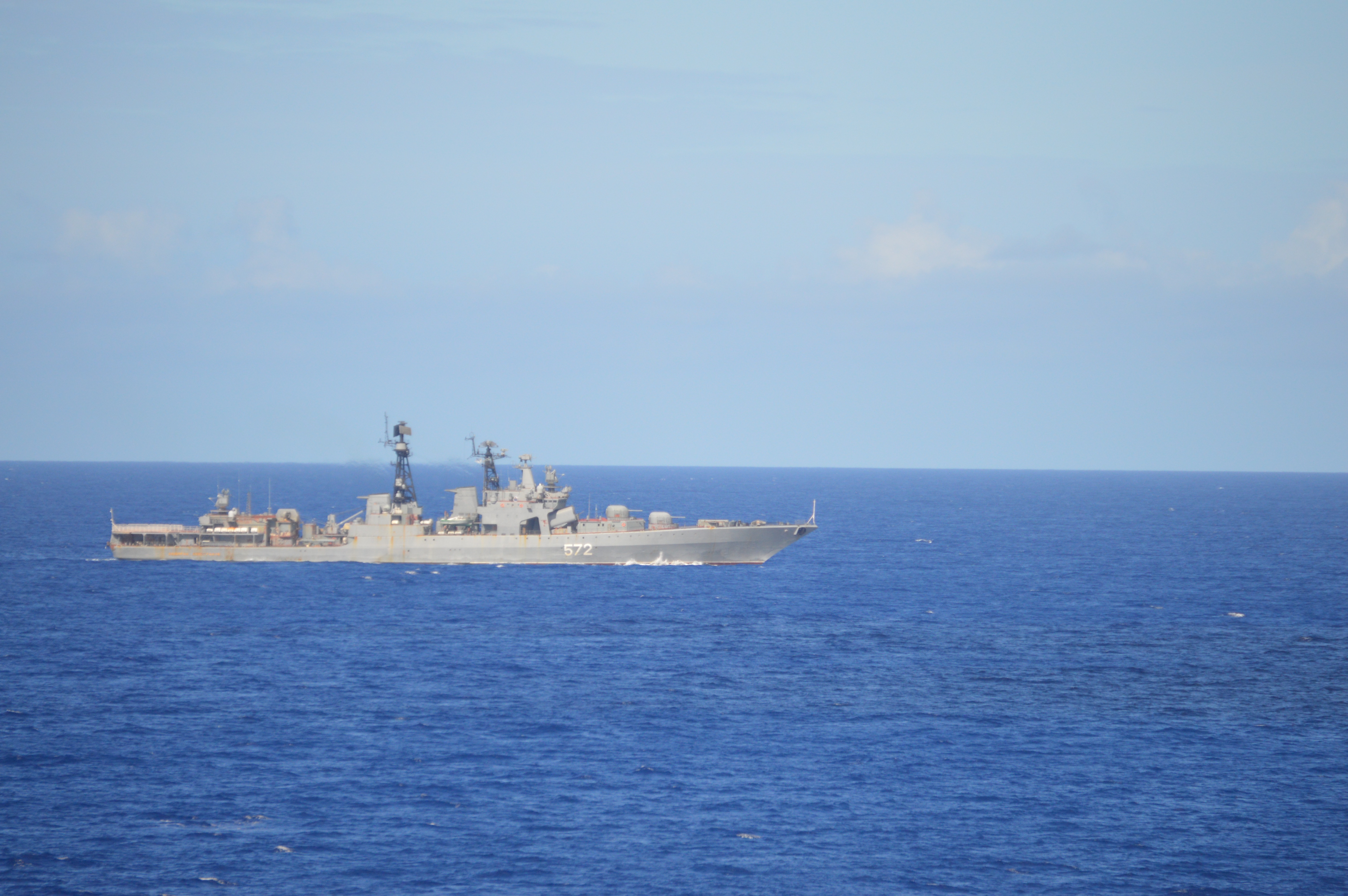
Russia and the U.S. Navy had more encounters in 2016 than in any other period since the Cold War.
In April, two Russian Sukhoi Su-24 Fencers buzzed the guided-missile destroyer USS Donald Cook (DDG-75) in the Baltic Sea.
“The buzz of Donald Cook and the other maritime encounters over the last few years should be understood as an extension of Russia’s emerging anti-access area denial (A2/AD) posture in the Baltic Sea,” wrote The Atlantic Council’s Magnus Nordenman for USNI News.
In June, a Russian frigate shadowing the Harry S. Truman Carrier Strike Group (CSG) attempted to get between USS Harry S. Truman (CVN-75) and its escort USS Gravely (DDG-107) and came within 300 yards of the carrier.
“The crew of Gravely and the carrier determined the Russian frigate ‘was intentionally trying to interfere with Harry S. Truman operations,’” a defense official told USNI News. However, the Kremlin released a heavily edited video that appeared to show Gravely cut in front of the 4,000-ton Russian frigate Yaroslav Mudry (FF-727).
Two week later, the same frigate came within 150 yards of USS Dwight D. Eisenhower (CVN-69) operating in the same area.
A report of the incident obtained by USNI News accused 4,400-ton Mudry of coming within 150 yards of the cruiser and quickly turning away in a manner described as “highly unprofessional” and as a “high-risk maneuver.”
In July, the Russians sent a surveillance ship to monitor operations during the 2016 Rim of the Pacific exercise, a move the Russians haven’t made since the Cold War.
“The ship’s presence has not affected the conduct of the exercise and we’ve taken all precautions necessary to protect our critical information,” U.S. Pacific Fleet spokesman Lt. Clint Ramsden told USNI News at the time.
Also at RIMPAC, a Russian destroyer shadowed the Navy’s newest amphibious warship USS America (LHA-6) during the exercise.
“Though the Russian ship at times had its bow pointed directly at America and was closing in, America commanding Capt. Michael Baze said the Russian CO was experienced and acting professionally and was ‘definitely doing a really good job maneuvering the ship’ at such close proximity,” USNI News reported from America.
In September, a Russian Su-27 Flanker came within 10 feet of a Navy P-8A Poseidon in a buzz over the Black Sea.
“During the intercept, which lasted approximately 19 minutes, the Su-27 initially maintained a 30-foot separation distance then closed to within 10 feet of the P-8A, which is considered unsafe and unprofessional,” read a statement provided to USNI News at the time.
“We have deep concerns when there is an unsafe maneuver. These actions have the potential to unnecessarily escalate tensions between countries, and could result in a miscalculation or accident which results in serious injury or death,” read a Pentagon statement at the time.
USS Mason Fends off Rogue Cruise Missiles, Navy Retaliates

A U.S. Navy destroyer fended off several anti-ship cruise missiles fired from Yemen in the first operational use of both Standard Missile-2s and Evolved Seasparrow Missiles (ESSM) in October.
While patrolling off the coast of Yemen, USS Mason (DDG-87) came under fire in three separate attacks believed to have been fired by presumably Iran-backed Houthi rebels using Chinese C-802 anti-ship cruise missiles.
Mason and several other U.S. ships were patrolling near the Bab el-Mandeb strait following an attack on a UAE-operated supply ship.
Following the second attack, USS Nitze (DDG-94) destroyed three Houthi-controlled radar sites in retaliatory strikes.
“Those who threaten our forces should know that U.S. commanders retain the right to defend their ships, and we will respond to this threat at the appropriate time and in the appropriate manner,” Pentagon spokesman Peter Cook said in October.
SEAL, EOD Sailors Die in Fight Against ISIS
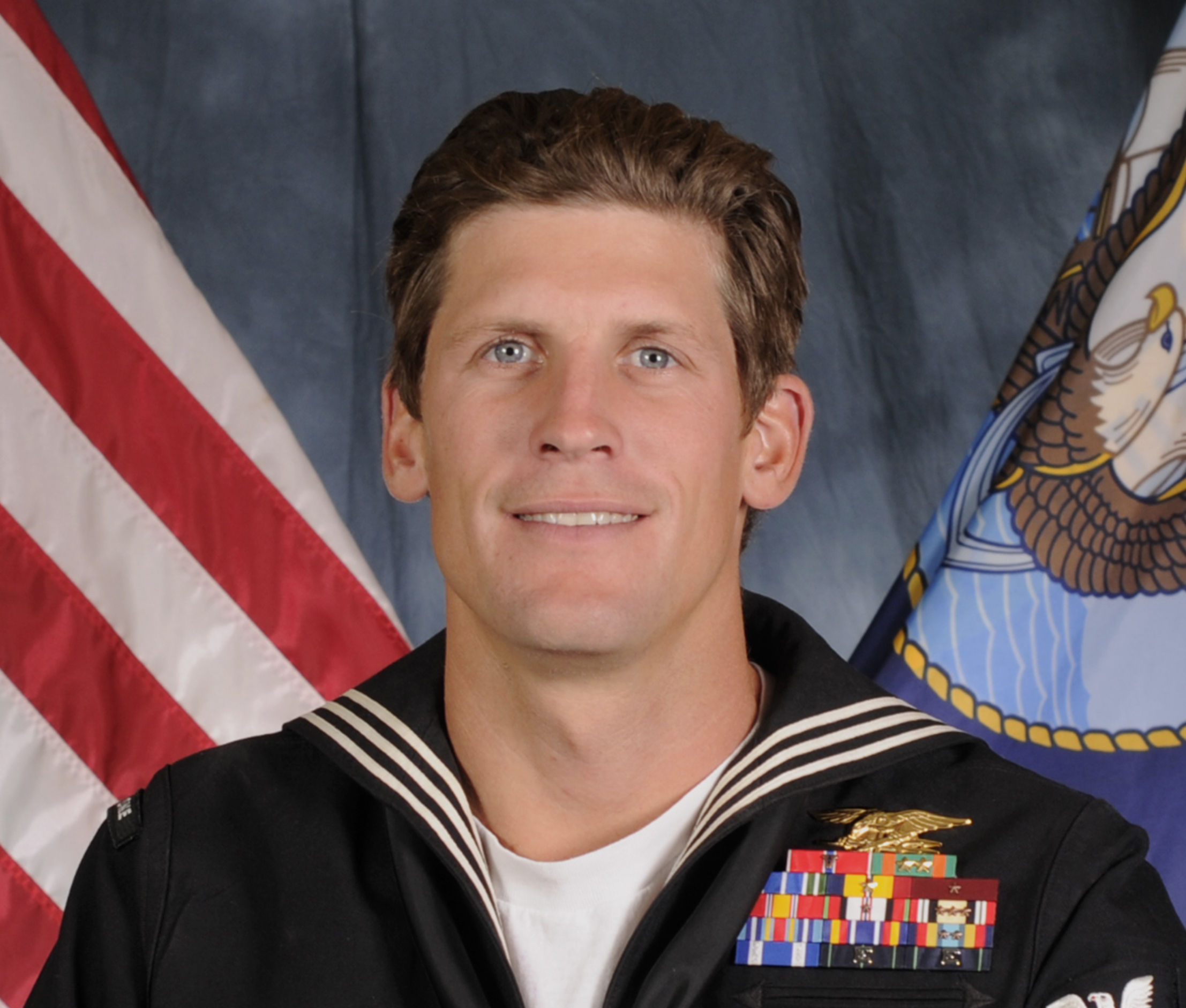
Two sailors died on the ground in as part of the U.S. support in the fight against the Islamic State in Iraq and Syria.
On May 3, Special Warfare Operator 1st Class Charles Keating IV, 31, was killed during a firefight with Islamic State in Iraq and Syria militants in Northern Iraq.
Keating was part of a quick reaction force that responded to aid a U.S. advise-and-assist team that were in the fight between Kurdish and ISIS fighters near the town of Tel Askuf.
“After the enemy forces [punched] through the forward lines there and made their move into Tel Askuf, our forces automatically became kind of embroiled in the ensuing battle,” U.S. Army Col. Steve Warren said on May 4.
“They rapidly called for the quick reaction force and continued on the fight until such time one service member was shot and then medevaced out.”
Keating was posthumously promoted to chief petty officer.
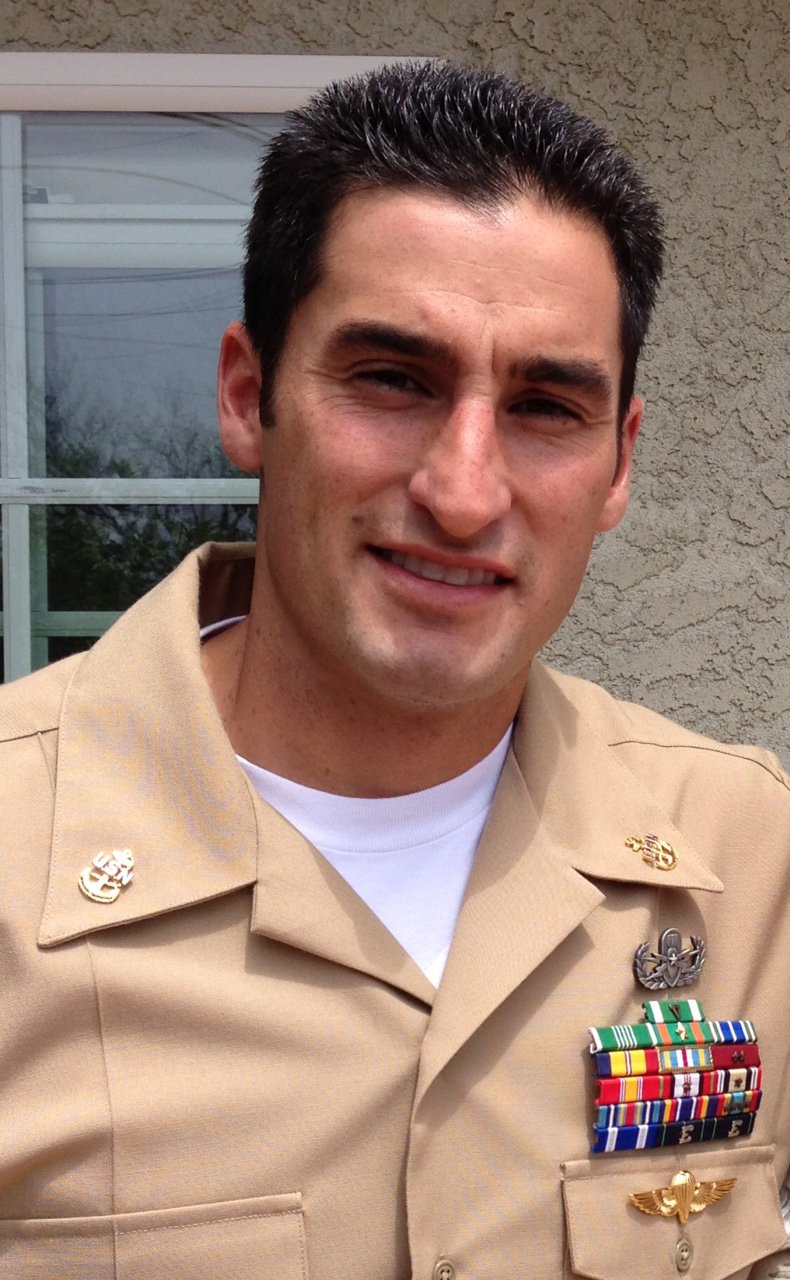
Chief Petty Officer Jason Finan, 34, was killed in Northern Iraq in October while supporting Iraqi forces seeking to retake Mosul from the Islamic State.
“Finan, from Anaheim, Calif., was assigned to Explosive Ordnance Disposal Mobile Unit Three in Coronado, Calif. He had been serving as an advisor to Iraqi security forces fighting the Islamic State, according to a statement by Navy Expeditionary Combat Command. Finan was killed when an improvised explosive device exploded,” wrote USNI News
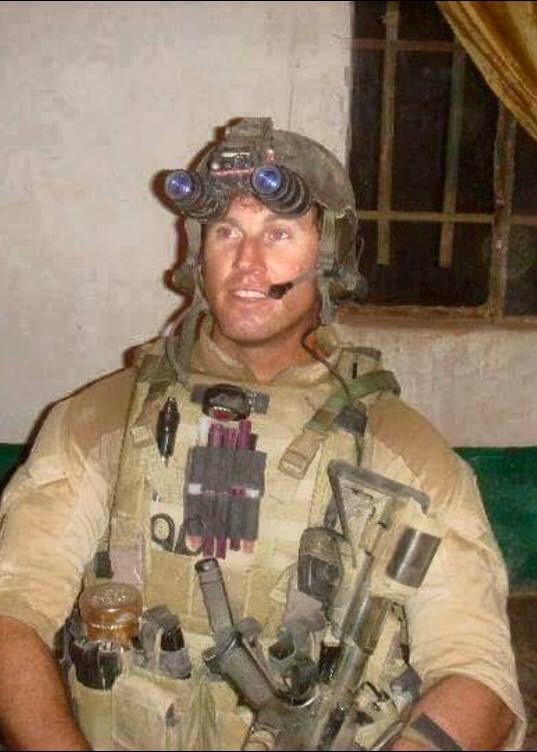
On Nov. 24, explosive ordnance disposal sailor Senior Chief Scott Dayton died from wounds sustained from an improvised explosive device (IED) in Syria.
The Virginia Beach-based Dayton, 42, was operating about 35 miles north of the ISIS stronghold in Raqqa in the town of Ayn Issa when the IED exploded.
The deaths of the three sailors gave rare glimpses into anti-ISIS ground efforts conducted by the U.S. in Iraq and Syria.
The Design for Maritime Superiority

Less than a week into 2016, Chief of Naval Operations Adm. John Richardson released his guidance for the service.
“The Design for Maintaining Maritime Superiority lays out four lines of effort for the Navy: strengthen naval power at and from the sea, achieve high velocity learning at every level, strengthen our Navy team for the future, and expand and strengthen our network of partners,” USNI wrote at the design’s release.
Since the release, the dense guidance has begun to trickle into the Navy’s strategic thought and shaping new doctrine for the service.
“We will remain the world’s finest Navy only if we all fight each and every minute to get better,” Richardson wrote at its release.
“Our competitors are focused on taking the lead – we must pick up the pace and deny them. The margins of victory are razor thin – but decisive.”
Navy Fighter Readiness

As U.S. Navy tactical aviation was a key factor in the U.S.-led fight against the Islamic State, the readiness of the aircraft was of growing concern to the service and to Congress.
In testimony to the House Armed Services Committee, the commodore of Strike Fighter Wing Atlantic, Capt. Randy Stearns, told lawmakers that three out of four F/A-18s were not ready to go to war and it could take a year for the service to field a reserve air wing for a surge carrier strike group.
“We’re chewing up about 40 aircraft worth of hours a month, and if we’re not buying that much or putting that much through the depot – we’re falling behind,” Stearns said.
The warfighting demand, delays of the Lockheed Martin F-35C Joint Strike Fighter entering the fleet, and sequestration cuts from the Budget Control Act of 2011 were key factors in the readiness shortfall.





